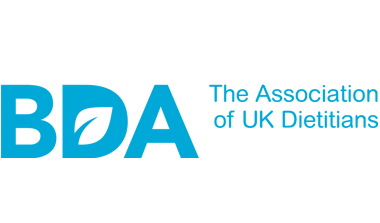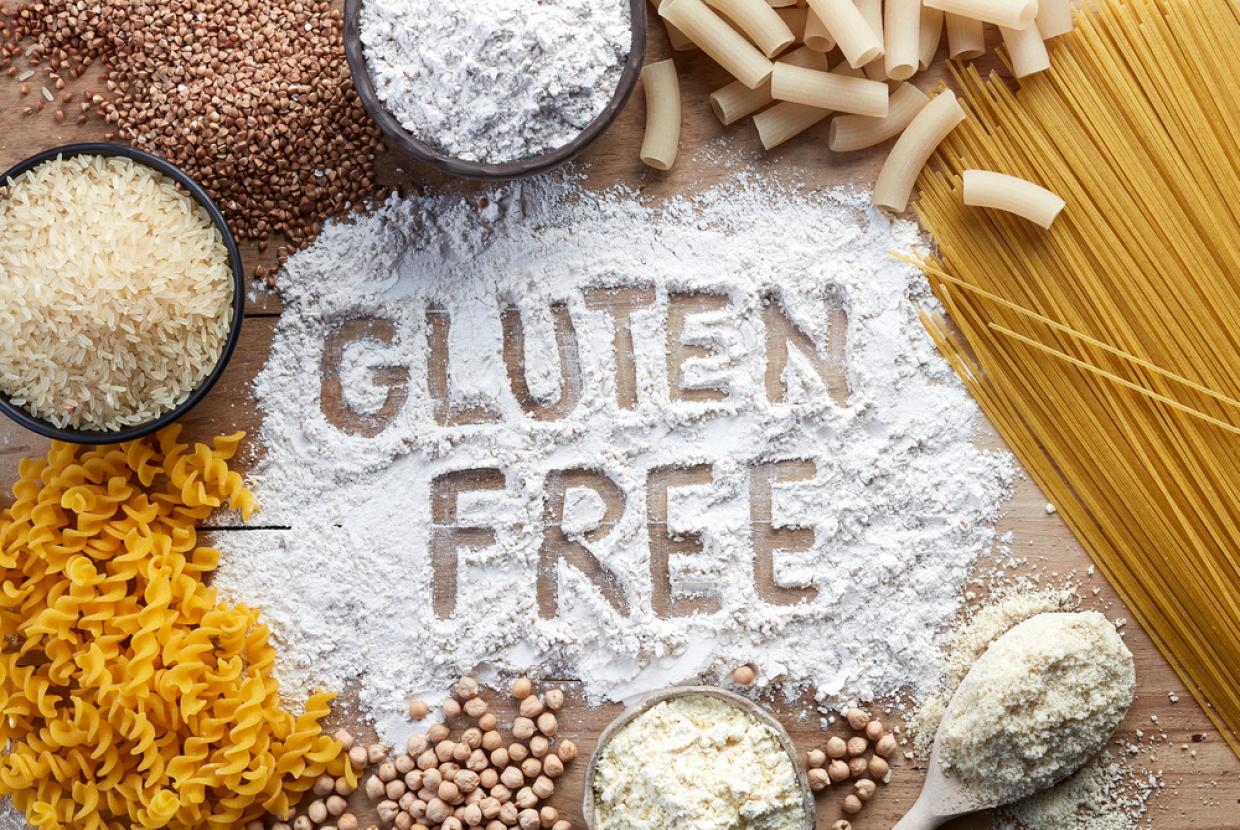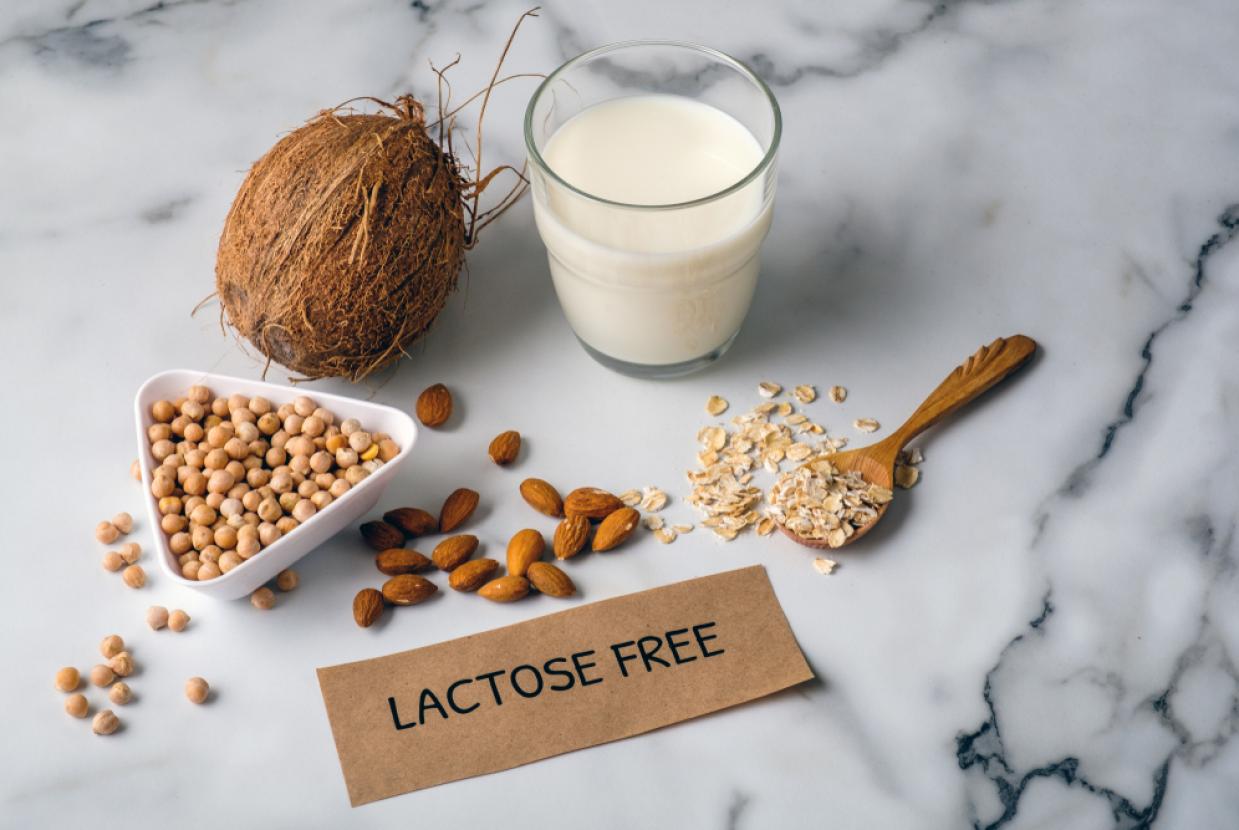Cow's Milk Protein Allergy
Cow’s milk allergy (CMA) occurs when the body’s immune system mistakenly reacts to proteins found in cow’s milk. In the UK, CMA affects 2-3% of babies and young children, with most growing out of it by the age of five.
Milk allergy is unusual in adults, but many report problems after consuming milk and dairy. Investigating how much can be tolerated, and in what form, can be very worthwhile and help alleviate symptoms.
What is cow’s milk allergy?
Allergic reactions can be immediate or delayed:
- Immediate allergy symptoms may include itchy rash, redness or hives (nettle rash), swelling, runny nose, itchy eyes, coughing, vomiting, swallowing or breathing difficulties (rare).
- Delayed allergy symptoms may include diarrhoea, constipation, reflux, profuse vomiting, mucous / blood in stools, nausea, abdominal (tummy) pain, bloating, painful wind, eczema.
Lactose intolerance
Some people react to the naturally occurring sugar (lactose) in cow’s milk. Cow’s milk allergy is not the same as lactose intolerance. Symptoms often include bloating, wind, diarrhoea and pain.
Diagnosis
If you or your child have symptoms after consuming cow’s milk/dairy then seek advice from your GP.
How can a dietitian help?
A dietitian can help to investigate whether you need to strictly exclude cow’s milk or if you are able to tolerate certain forms of cow’s milk/dairy. Tolerance may depend on the amount of milk/dairy you are consuming, how often you consume it and whether it is cooked or not (and for the length of time and temperature it is cooked). The dietitian will also advise on achieving a balanced nutritious diet despite avoiding milk/dairy.
How can I eat with this in mind?
Breastfeeding
Breastmilk is best for babies. It provides all the nourishment that a young baby needs, as well as many other non-nutritive factors such as antibodies.
The nutrients in breastmilk are easily digested and absorbed and the composition of your milk continually changes to meet your baby’s needs. If your baby has been diagnosed as having a cow's milk allergy and has ongoing allergic symptoms (for example diarrhoea and/or eczema) while being breastfed, you may be advised to exclude cow's milk from your own diet. This should only be done after discussion with a dietitian, as it is important that you have a healthy balanced diet if you breastfeed.
Formula milks
If you are not breastfeeding, or are mixed feeding, your doctor or other healthcare professional will prescribe you the most suitable ‘hypoallergenic’ formula milk. This is suitable for an infant with a cow's milk allergy.
Extensively hydrolysed formulas
These formulas contain proteins that have been broken down into smaller segments so they are less likely to cause an allergic reaction. It is important to discuss the best option with your healthcare professional. Examples include:
- extensively hydrolysed formulas based on casein (a protein in cow's milk)
- extensively hydrolysed formulas based on whey (a protein in cow's milk). Some of these may contain prebiotics that promote the growth of good bacteria in the gut and lactose, which improves the taste but may not be suitable for all babies.
Amino acid formulas
These formulas are based on the individual building blocks (amino acids) that make up a protein and are tolerated by most babies with a cow's milk allergy. Amino Acid formulas are recommended when an extensively hydrolysed formula has either not been tolerated or is not an appropriate first choice.
Soya based formulas
These formulas are not suitable as a first-line alternative for infants under six months of age. In infants over six months of age, your dietitian can advise whether a soya formula is suitable.
Milk alternatives
Lactose free cow’s milk and lactose free dairy is not suitable because it contains whole cow’s milk proteins.
Animal milks, such as sheep’s and goat’s milk, are not usually suitable as they contain similar proteins to cow’s milk, so are likely to trigger symptoms. Fortified plant-based milk alternatives such as soya, oat, pea, coconut and nut milks can be used by adults and children.
They can be used from six months of age to mix with foods and on cereal but should not be given as the main milk drink until the child is at least 12 months of age. Children under four-and-a-half years should not have rice milk.
It is currently recommended that a hypoallergenic formula is continued until two years of age. However, if dietary intake is adequate your dietitian may change this to an alternative milk after the age of one. Ready-made soya, hemp, oat, coconut or other milk alternative may be used as a main milk drink after two years of age, but the choice may depend on your child’s nutritional status.
Always try to choose a brand that is fortified with calcium where possible. Note: Organic products do not always have added calcium. If the product is not fortified with calcium, it is likely that a calcium supplement will be required.
If you are unable to get your child to take any of the above milk substitutes, it is important to seek advice from a dietitian as it may be necessary to start a vitamin or mineral supplement.
Cow's milk allergy in infants
Cow's milk is an important source of energy, protein, vitamins and minerals for the growing child. If your child is allergic to cow's milk, it is very important to replace it with a milk alternative that will provide the same nutrition.
A wide range of cow's milk alternatives are available on prescription for younger children and over-the-counter for older children.
It is important that you discuss the available options with your child’s doctor, health visitor or dietitian to ensure they get the best choice for them.
Milk-free diet top tips
There is a very good selection of dairy alternatives available that can add nutrition and taste to your diet. Choose fortified options with added calcium, and ‘no added sugar’ versions where possible. These products include dairy free milks, dairy free yogurts, dairy free crème fraiche, dairy free creams, dairy free cheeses (hard and soft) and dairy free margarines and spreads.
Many now contain as much calcium (or more) than that found in cow’s milk. Most recipes can be easily adapted for all the family to enjoy. Try to include iodine-rich foods in the diet such as fish and eggs. Some plant-based milks and yoghurts contain added iodine as well as calcium and vitamins B2 and B12.
Food labels
Cow’s milk and derivatives of cow’s milk are often added to manufactured foods and may be an unexpected ingredient in many foods. Read labels carefully every time.
By law labels must state whether cow's milk (and other common allergens) is present in a product. Some people react to very small amounts of cow’s milk in food, while others can tolerate it in baked or cooked foods e.g. biscuits or pancakes.
‘May contain milk’ statements are often used on food packaging to state that a food may be contaminated with cow’s milk, but there is no law requiring this. Avoiding these can be overly restrictive, but may be recommended if you have severe symptoms. Discuss the safest approach with your dietitian.
Milk reintroduction
Once your symptoms are under control from excluding cow’s milk/dairy it is helpful to then reintroduce milk/dairy to the level your body can tolerate. If you have an immediate milk allergy do NOT do this without seeking medical advice.
Remember that the longer a food is cooked and the higher temperature, the less likely it is to be problematic. Always start with small amounts of foods containing milk/dairy and gradually build up the amount before moving on to the next stage.
Top tips
- If you think you or your child may have CMA, make a note of symptoms related to the upper and lower gut, skin and breathing. Note how quickly they occur after having cow’s milk and seek advice from your GP
- Severe CMA is rare but the following symptoms within minutes to two hours after consuming cow’s milk could suggest an immediate severe or anaphylactic reaction: swollen tongue, hoarse voice, difficulty swallowing or breathing, wheezing, a persistent cough, faintness, drowsiness, dizziness, a weak and floppy appearance. Use adrenaline if this has been prescribed, call 999 and state ‘anaphylaxis’
- Carry antihistamines and any other medications prescribed to manage you or your child’s allergy at all times
- If CMA is diagnosed, your GP or an allergy clinic can make a referral to a registered dietitian
- Read food labels every time, as ingredients can and do change
- Change family meals and snacks to make them milk free, to help your child feel more included
- If someone is looking after or feeding your child, make sure they are aware of their dietary requirements to prevent mistakes
- Many milk alternatives have a very different taste and smell compared to breast milk, regular infant formula or cow's milk. It can take time for some infants and children to get used to the taste of a new product, so allow some time before you give up trying to introduce it
- A dietitian will be able to give you advice about how to encourage your child to take the milk alternative or suggest suitable alternatives















